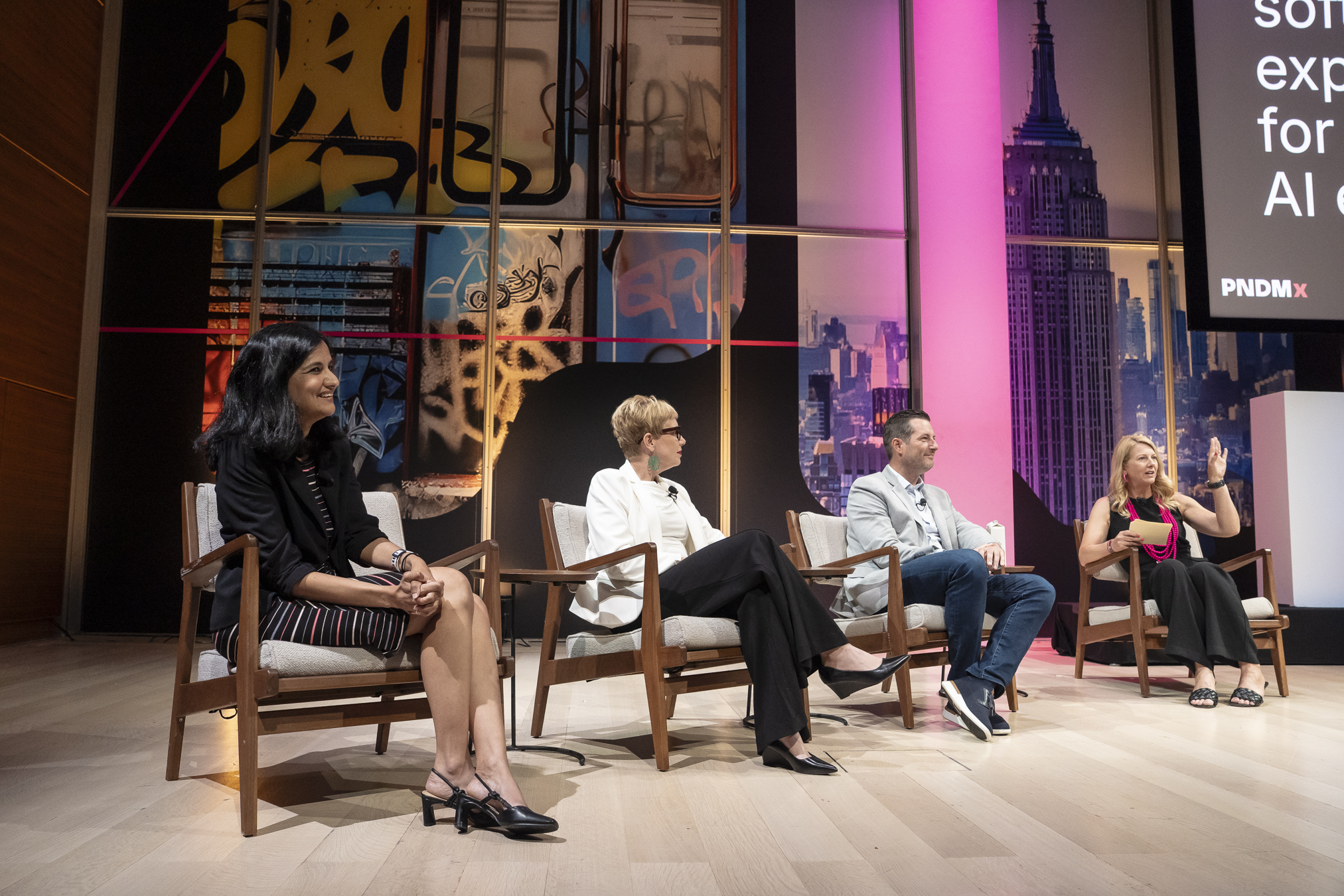English poet John Donne wrote that no man is an island. Regretfully, time has a way of turning genius insight into cat poster wisdom. But cliche or not, the message is still right as rain: isolation is rarely a good thing. All manner of flora and fauna are better and stronger together.
This is as true in product leadership as it is in life. Even the most capable digital products can rarely stand in isolation from others around them. Products that fail to embrace their near neighbors often end up squandering the opportunity to serve and delight end users.
This means thinking beyond your own product, embracing an ecosystem view that reorients your thinking from your treasured SKUs to what Regis McKenna and Geoffrey Moore called “the whole product.” Once you’ve solved for the whole product, it means reorienting to the whole solution. And to do that, you have to look beyond what your engineering team is busy building.
Beyond the Whole Product
Too often, the whole product is thought of as whatever you have on the truck to sell. In reality, the whole product is often broader than that.
The whole product strategy was originally defined as the process of solving for the minimum necessary capabilities customers expect in order to have a compelling reason to buy. For some, solving for the whole product means partnering to fill gaps in your product or portfolio where the absence of some part yields an incomplete whole.
Today, solving for the whole product is necessary but insufficient, more like table stakes than any sort of strong hand. In the face of hyper-competition and abundant customer alternatives, meeting basic buying expectations is hardly good enough. Instead, you need to look beyond the whole product to the whole solution–a broader view of the customer need that invariably means more than your product alone can provide.
This starts with a deep investigation into your customers’ motivations and goals, their decision processes, and the connected workflows of their daily lives. In short, their jobs to be done.
What’s the Job of a Milkshake?
“Jobs to be Done” is a simple methodology first introduced by Anthony Ulwick at Strategyn as “Outcomes-Driven Innovation” and, more recently, popularized and (mercifully!) renamed by famed Harvard Business School professor and business guru Clayton Christensen.
Christensen uses a memorable (and characteristically earnest) example to crystallize the idea. What’s the job of a McDonald’s milkshake? he asks. This isn’t an arbitrary question. This simple question, born out of a consulting engagement he did for the burger behemoth, prompted an in-depth inquiry into the deeper motivations and goals of the milkshake consumer.
The idea is almost absurdly simple: customers don’t buy your products so much as they hire your products to do a job. Understanding that job is the key to getting your product and your story right.
This means reorienting, again, from the whole product–a more complete view of what you have to sell–to a broader view of the day in the life of our actual customers. According to Christensen, “the jobs to be done point of view causes you to crawl into the skin of your customer and go with her as she goes about her day, always asking the question as she does something: ‘why did she do it that way?’” What do they seek to accomplish? What are the pinch points and bottlenecks in their current way of doing things; and what is your (unconstrained) vision for a better way?
So what was the job of the milkshake? Christensen found that many consumers bought one to make their long, boring commute vaguely more interesting. They weren’t yet ready to eat, they were usually in a rush, and they had just one free hand to work with. Enter the milkshake!
Of course, this is a simple insight with more relevance to place, promotion, and price than to product. The same milkshake performs this particular job as pretty much any other job. But what happens when you find that the job is bigger, broader than the product you have to sell?
Mind the Gaps
I mentioned (parenthetically) that, upon discovery of your customers’ jobs to be done, your vision for a better way should be unconstrained. What this means is that you shouldn’t view their problem exclusively through the lens of the product you have to sell. Why? Because doing so causes a sort of myopia that blinds you to their broader need. By viewing the customer problem more authentically, you’re able to identify, not just the gaps but also the intersections.
Gaps often stand in bold relief, but intersections are much more subtle. Finding them requires what Christensen describes as crawling into the skin of your customer, observing with great interest, understanding their goals and stakes, and empathizing with their daily needs.
This shift in thinking can be massively illuminating, nothing short of a game-changer for many companies. As simple as it sounds, the insights that come from understanding a customer need more broadly and deeply can inspire the best innovations. And many of these innovations, unlike those that are discovered through the lens of what you already have to sell, will often happen at the intersections between your product and its near neighbors.
Case in point: This week, my company (Pendo; the producer of ProductCraft) announced the product cloud alliance, a coalition of six vendors with tools purpose-built for product teams. This alliance was born of a similar insight. In observing how our customers worked, we discovered that the product creation lifecycle spanned a mostly disconnected toolchain. The simple question this prompted was: what would be the benefit of these tools all working together? It turns out: substantial! What better way to unlock this value than to innovate at the edges?
It Takes a Village
There’s nothing particularly new about the idea of outside-in thinking; being customer centric is the mantra of essentially every product person I know. Virtually every sales and marketing methodology over the last quarter century has proposed some variant of this idea.
But in the heat of battle, it’s an easy thing to forget. And in forgetting, we miss an opportunity to push the boundaries of our value proposition by innovating at the outer edges of our product–more specifically, at the intersections with other products.
Selling products and satisfying customers can be done in isolation, but delighting them by solving the problems they may have felt but couldn’t always express? That often takes a village.


